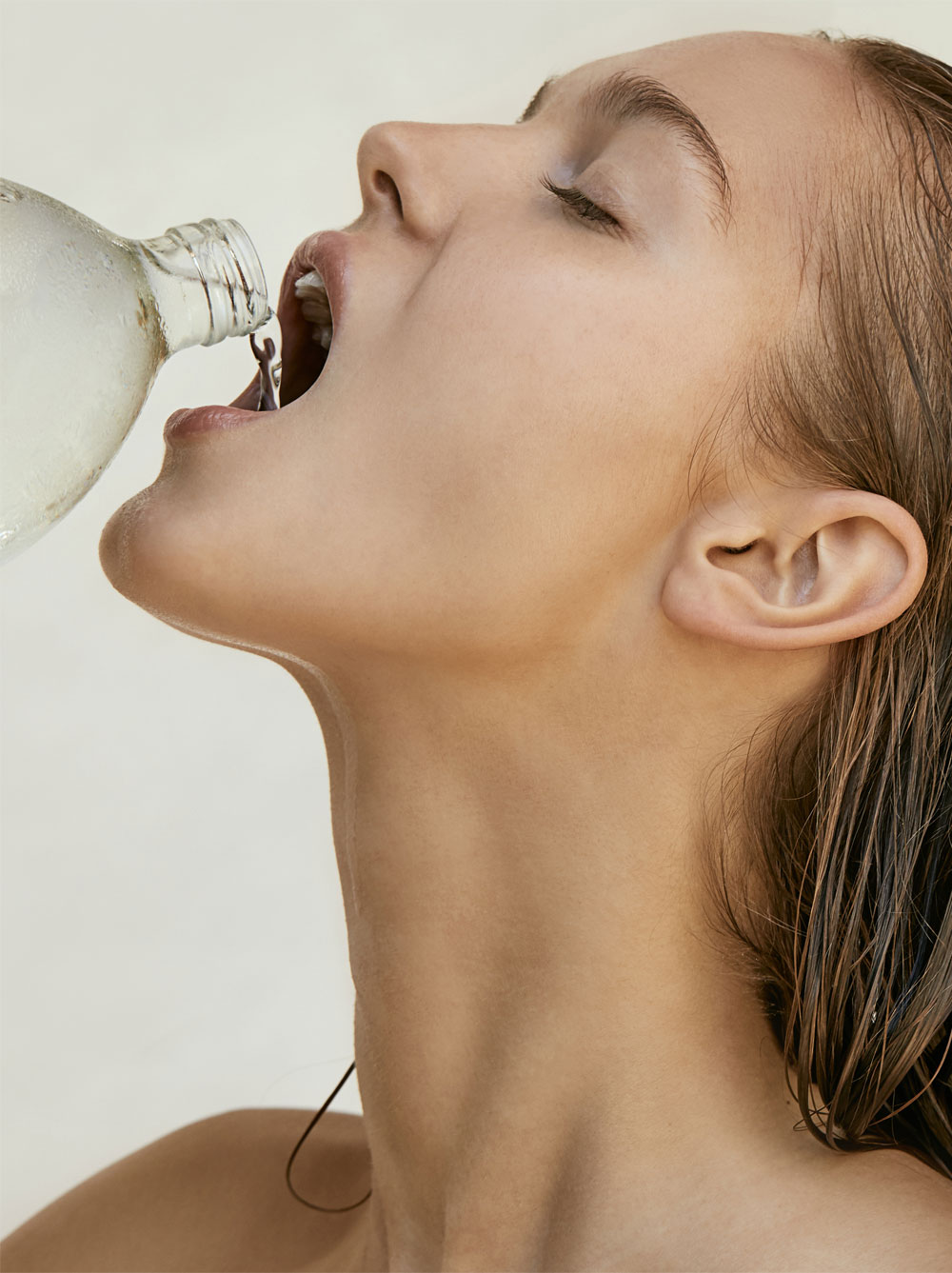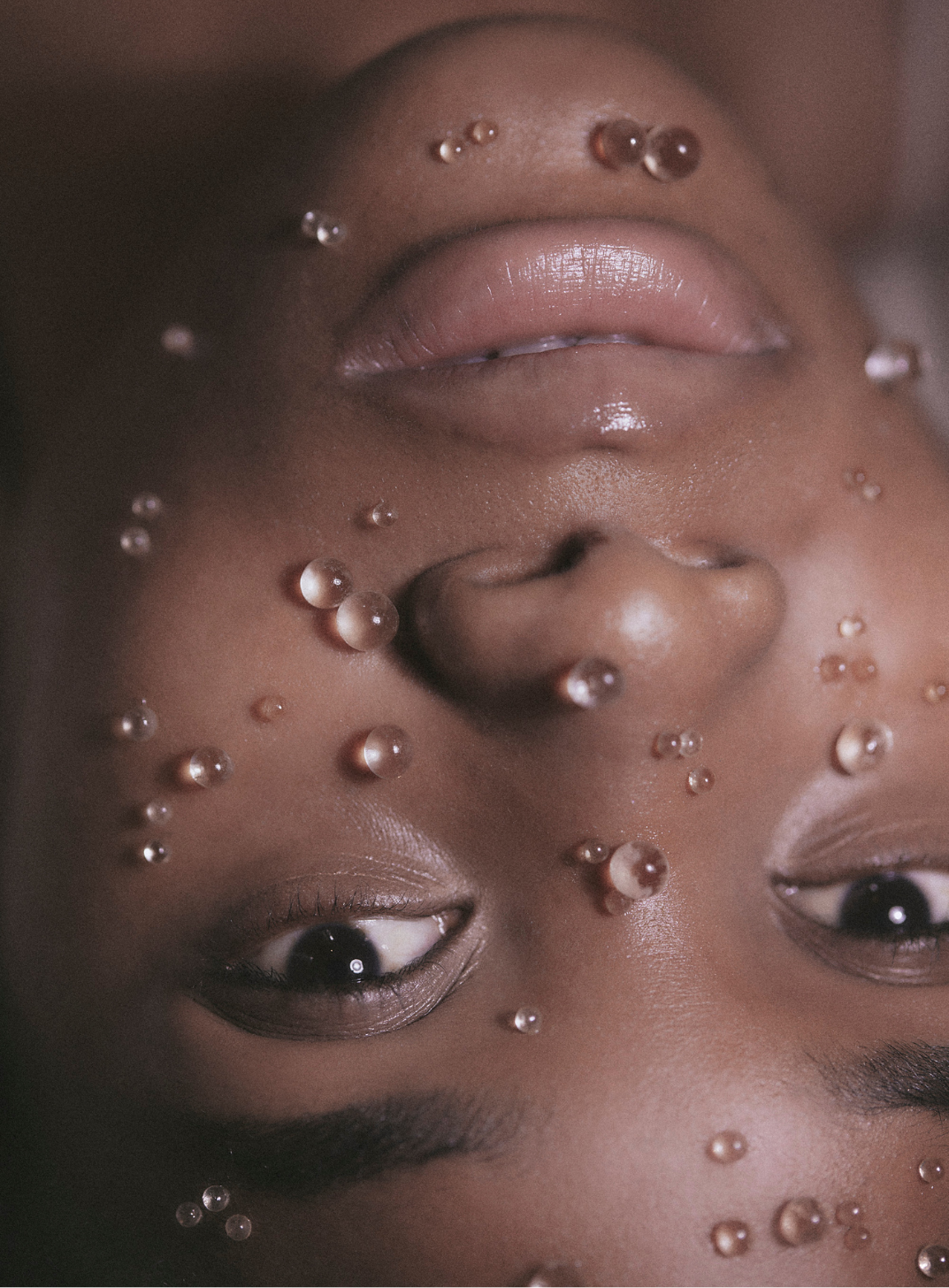The Skin Concern That 25% of Women Face Every Day
Adult acne unfortunately affects a vast amount of both women and men.
Not only can acne have an impact on your self-esteem but also your confidence, particularly if it is a skin concern you have been battling for a number of years. Either way you’ve probably exhausted a lot of the more well-known skincare products and treatments—often with little results—in the hope that something will help.
Fed up? We don’t blame you.
“Acne is particularly distressing for adult women, as they view it as a teenager’s condition and can’t understand why they have it,” says Dr. Philippa McCaffery, founder of Clear Skincare Clinics. “The reality is that adult acne is very common, occurring in in 25 percent of adult females and, unfortunately, it can be chronic and very treatment-resistant.”
If this is you, a good way to get it under control is to first understand exactly what causes acne, what you should avoid, and the steps you can take to nip it in the bud—preferably sooner rather than later.
[responsive imageid=’32522′ size1=’0′ size2=’641′ size3=’1024′] [/responsive]
[/responsive]
WHAT ACTUALLY CAUSES ACNE?
“The true underlying cause of acne is overactive sebaceous glands, the skin’s oil glands, which causes pimples,” says McCaffery. “Most of your skin’s sebaceous or oil glands behave perfectly normally, making the oil that lubricates the surface of the skin.” Interestingly, Dr. McCaffery explains that acne is caused by sebaceous glands that have gone rogue—sounds about right—and then go on to produce too much oil and too many skin cells, creating oil and ‘skin plugs’ that start the acne cycle.
SHOULD I EXFOLIATE?
Acne prone skin likes to be regularly exfoliated, says Dr. McCaffery. But before you go to pull out a rough, abrasive scrub in the hope to slough away spots and bumps, think again: “It’s best to use low concentration glycolic or lactic peels or glycolic creams with microdermabrasion crystals in them.” Glycolic acid is a skin multitasker—it works a treat on both acne and wrinkles (go figure), and helps to banish excess skin cells that can lead to clogged pores. Dr. McCaffery recommends Clear Skincare Microdermabrasion Cream with Glycolic Acid, $32.
IS IT BEST TO AVOID MAKEUP?
If you have pimples or marks from old breakouts, of course the temptation is to layer up the foundation—and let’s be honest, you’re probably thinking the thicker the layer, the better off you’ll be. “Whilst makeup is fine to cover pimples and blemishes, oil-based makeup is a big no-no,” explains Dr. McCaffery. She goes on to explain that if you’re not sure if your liquid makeup is oil-free, switch to a mineral formula, which is much kinder to your pores while still providing you with great coverage.
[responsive imageid=’32520′ size1=’0′ size2=’641′ size3=’1024′] [/responsive]
[/responsive]
WHICH IN-CLINIC TREATMENT WILL WORK BEST?
There definitely isn’t a one-treatment fix for acne so you’ll need to be patient, advises Dr. McCaffery. “You’ll also need to use the right skincare, of course, and learn how to control breakouts and what to do when they reoccur,” she adds. Dr. McCaffery explains that any area of the face can be affected by acne, with each square centimetre of skin contains 1,200 sebaceous glands. The thing is that only a fraction of these glands malfunction and become acne affected: “Each person’s acne pattern is different but adult acne tends to recur in the same spots as it is the same malfunctioning sebaceous glands causing breakouts each time.”
It’s this recurring pattern that was the catalyst for Dr. McCaffrey formulating her namesake treatment, the Dr. McCaffery Acne Treatment, which is available exclusively at Clear Skincare Clinics. “[The treatment] targets only the acne affected sebaceous glands, melting them away and stopping the acne cycle,” she explains. Depending on the severity of your acne, the treatment can take from 10 to 45 minutes, with multiple treatments required to treat each overactive sebaceous gland. The good news is that downtime is also minimal, with the majority of patients going straight back to the office.
The treatment can also be complimented with a facial peel, which Dr. McCaffery says contains acne-fighting salicylic acid: “Derived from plant and bark, it is able to enter the pores and dissolve oil, sebum and dead skin cell that can block the pores in acne prone skins. This peel removes whitehead and blackheads and can also be very effective at fading the marks left by acne and breakouts,” she adds. You can also have LED Light Therapy treatments, which are known for their brightening capabilities, but for acne-prone skin types, LED Light Therapy (using the purple light) helps to kill bacteria and reduce inflammation. It also works to “penetrate into the deeper skin layers increasing the energy of the skin cells,” explains Dr. McCaffery. “This enables the skin to rejuvenate itself as the skin’s healing mechanism is activated leaving your skin glowing and radiant.”
WHAT FOODS SHOULD I AVOID?
Unfortunately, it’s a lot of the tasty stuff. “Food culprits include dairy and high-GI foods, such as white rice and refined carbohydrates like white pasta, bread, cakes and biscuits,” says Dr. McCaffery. “We always recommend a trial elimination of these food groups to see if this reduces breakouts.”
For a limited time, you can try Dr. McCaffery’s Acne Treatment at Clear Skincare Clinics for free. Click here to book in using the code GRITTYPRETTYFREE.












Comments